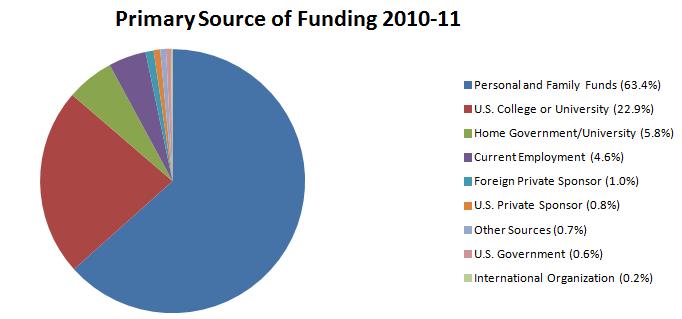
IEFA Blog

International Student Loan Comparison Tool
As more students decide to study overseas, financial aid plays a critical role for many students looking to make this a reality. Financial aid comes in many forms, including scholarships, grants, and loans. For many international students, even with the assistance of scholarships and grants, there is still a need to secure additional financing by…

What is the net price calculator?
Did you ever want to know what the total cost of your education would be as an international student studying in the US? Are you trying to budget properly so that you make smart financial decisions? Curious about the price difference between schools? Now, the US Department of Education is making it easier for you…

Funding for International Students
Funding for international students is a critical factor for any student looking to receive a degree or certification overseas. Think about it. Housing, food, tuition, and books are just a few of the necessary expenses students will need to consider when they budget for their education. One way students reduce their costs is by applying…

Number of International Students in US Grows
The annual Open Doors Report, published on November 14 by the Institute of International Education, shows that the number of international students studying in the USA for the 2010/2011 academic year increased by 5%, to a total of 723,277. This follows an increase of 3% last year, and continues the upward trend that started in…
Get the Financial Aid Newsletter




